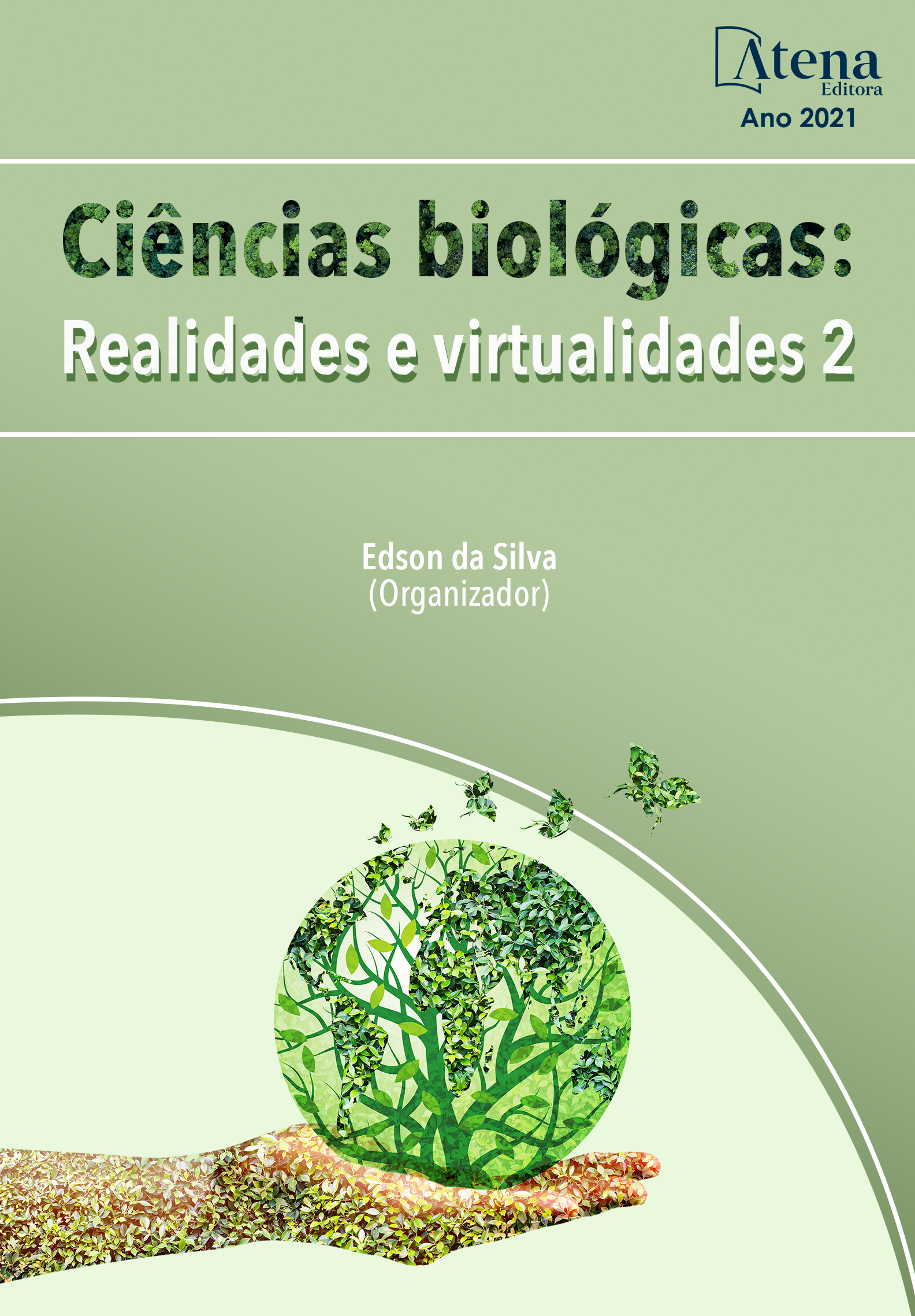
BIOMONITORAMENTO FISIOQUÍMICO E FITORREMEDIAÇÃO DE CAFEÍNA UTILIZANDO MACRÓFITAS
O presente trabalho objetivou avaliar a qualidade de um ambiente aquático na presença e ausência de espécies de macrófitas e verificar sua capacidade de fitorremediação do ambiente e do composto C8H10N4O2 (Cafeína). Duas espécies foram utilizadas, Pistia stratiotes e Elodea nuttallii. Os exemplares foram coletados e testados com amostras de água de dois pontos do centro urbano da cidade de Londrina - PR, córrego Água fresca e Lago Igapó. As amostras de água coletadas foram separadas para análise em quatro recipientes. Testes de pH, amônia e nitrito foram realizados quinzenalmente. Nestes, foram utilizados quatro recipientes com diferentes quantidades de água e uma única planta em cada. Os resultados obtidos pela P. stratiotes foram expressivos quanto à melhora nos parâmetros analisados. Quando as macrófitas morreram, os testes foram repetidos e os valores retornaram aos níveis iniciais, mostrando assim, que esta espécie pode ser utilizada como biomonitora de ambientes aquáticos em centros urbanos. Já a E. nuttallii, não apresentou resultados satisfatórios tanto para água de ambiente lacustre quanto para ambiente de água corrente. Em relação ao teste de proporção verificou-se que uma única macrófita é capaz de melhorar o pH de todas as quantidades de água testadas (5L, 10L, 15L e 20L) sendo necessários testes com maiores quantidades, a fim de aferir uma quantidade exata que uma única macrófita desta espécie consegue fitorremediar. Testes foram iniciados em parceria com a empresa de Saneamento do Paraná (Sanepar), a fim de verificar se a macrófitas, além de melhorar os aspectos físico químicos da água, também fazem a correção de parâmetros inorgânicos como chumbo, cádmio, mercúrio, nitrogênio amoniacal, fósforo total, nitrato e nitrito (baseados na resolução 357 do CONAMA). Testes para verificar a quantidade de cafeína na água e a capacidade da macrófita de biorremediação do ambiente estão em andamento. Por fim, diante dos testes já realizados, é clara a possibilidade de utilização de macrófitas (P. stratitotes) como filtros biológicos de ambientes aquáticos em degradação.
BIOMONITORAMENTO FISIOQUÍMICO E FITORREMEDIAÇÃO DE CAFEÍNA UTILIZANDO MACRÓFITAS
-
DOI: https://doi.org/10.22533/at.ed.49121120717
-
Palavras-chave: Fitorremediação, plantas aquáticas e qualidade de água
-
Keywords: Aquatic plants, phytoremediation and Water quality
-
Abstract:
The present work aimed to evaluate the quality of an aquatic environment with presence and absence of macrophyte species as well as verify its phytoremediation capacity of the environment and the compound C8H10N4O2 (Caffeine). Two species were used – Pistia stratiotes and Elodea nuttallii. The specimens were collected and tested with two - spot water samples from the urban center of Londrina - PR, fresh water stream and Lake Igapó. The collected water samples were separated for analysis in four containers. PH, ammonia and nitrite tests were performed fortnightly. In these ones, four containers were used with different amounts of water and a single plant in each. The results obtained by P. stratiotes were expressive regarding the improvement in the analyzed parameters. When the macrophytes died the tests were repeated and the values returned to the initial levels. Thus, it is shown that this species can be used as biomonitoring of aquatic environments in urban centers. However, E. nuttallii did not present satisfactory results for water in the lacustrine environment and for the water environment. In relation to the proportion test, it was verified that a single macrophyte is able to improve the pH of all the water quantities tested (5L, 10L, 15L and 20L) and tests with larger quantities are necessary in order to measure an exact amount a single macrophyte of this species achieves phytoremediation. Tests were initiated in partnership with the Basic Sanitation Company in Parana State - Sanepar, in order to verify if the macrophytes, besides improving the physical aspects of water, also make correction of inorganic parameters such as lead, cadmium, mercury, ammoniacal nitrogen , total phosphorus, nitrate and nitrite (based on resolution 357 of CONAMA). Tests to check the amount of caffeine in the water and the ability of the macrophyte to bioremediate the environment are in progress. Finally, based on the tests which have already been carried out, it is clear the possibility of using macrophytes (P. stratitotes) as biological filters of aquatic environments in degradation.
-
Número de páginas: 15
- Sophia de Aquino ILário


